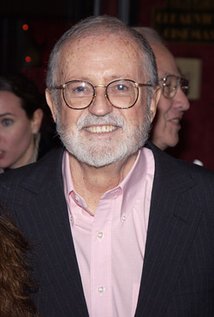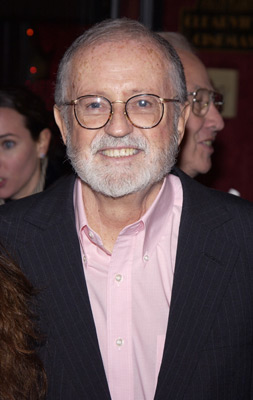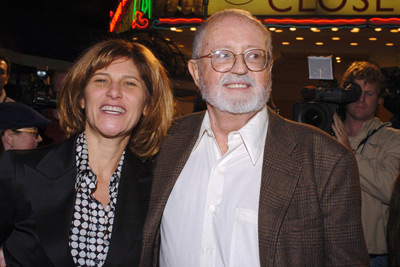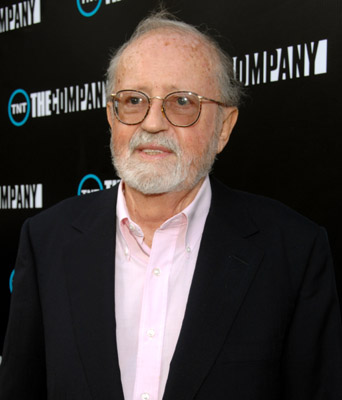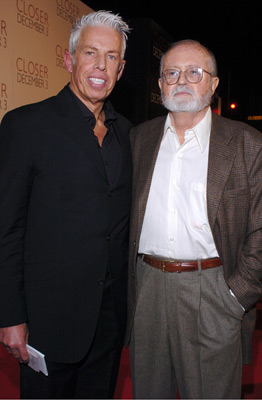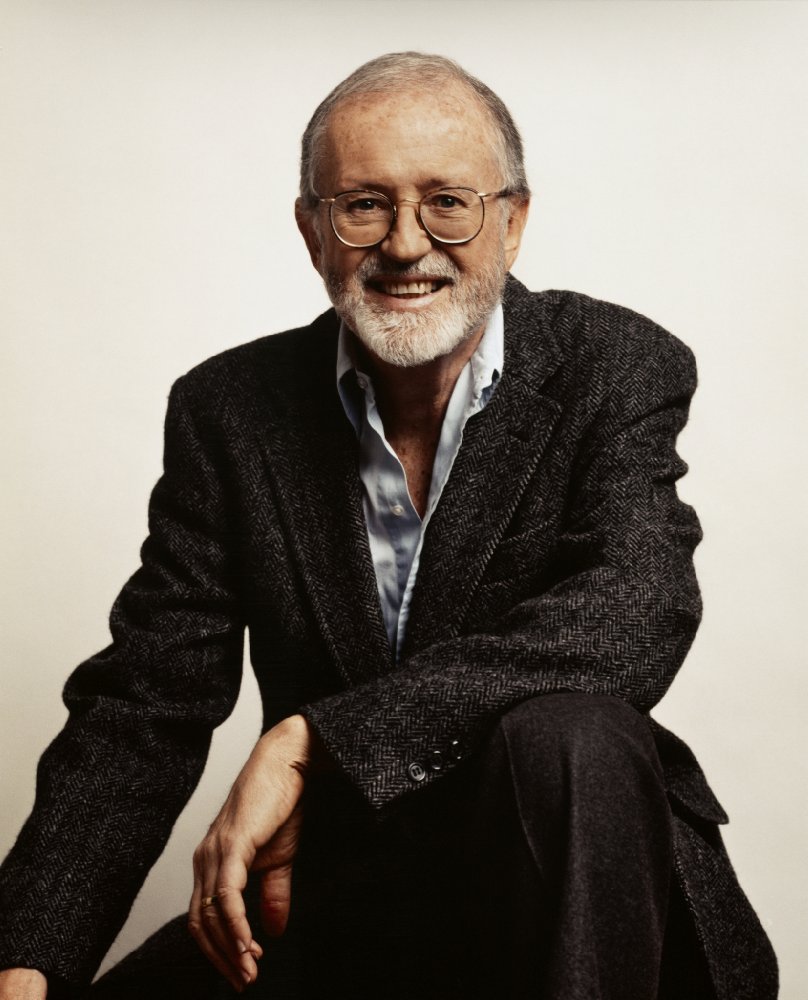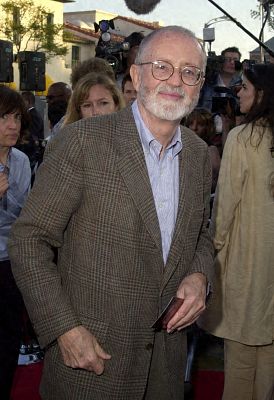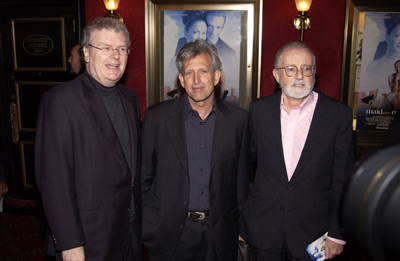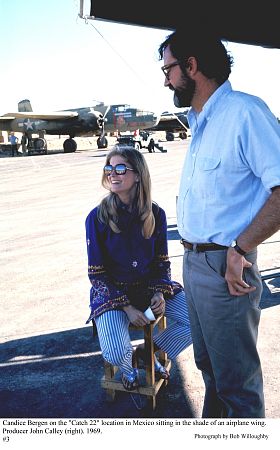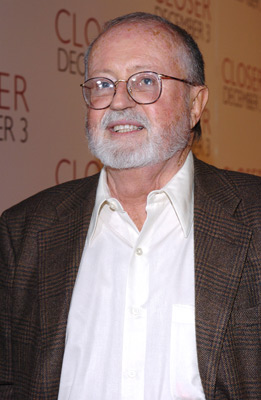Calley was born the son of a car salesman in Jersey City, New Jersey, and attended Columbia University before briefly serving in the Army. At NBC, he started in the mail room and moved up through the ranks from from 1951-57 in a still-young TV industry, from sale and production before settling in as director of nighttime programming. Later at Henry...
Show more »
Calley was born the son of a car salesman in Jersey City, New Jersey, and attended Columbia University before briefly serving in the Army. At NBC, he started in the mail room and moved up through the ranks from from 1951-57 in a still-young TV industry, from sale and production before settling in as director of nighttime programming. Later at Henry Jaffe Enterprises, he developed and produced musical programming; soon after he served the Ted Bates Advertising Agency as its radio and TV programming VP, until 1960.Eventually it was at Filmways, where Calley hit his stride and either developed or produced appealing fare from Catch-22 (1970) to The The Americanization of Emily (1964), The Cincinnati Kid (1965) and The Loved One (1965). When Warner Bros., merged with Filmways later in the '60s, Calley was promoted to executive VP of worldwide production, later rising to president and then vice chairman, under Frank Wells.In addition to All the President's Men (1976), Calley's Warner Bros. years featured hits like Superman (1978), Chariots of Fire (1981) and Woodstock (1970). However, after falling victim to an unhappy marriage and burnout from his involvement in the making of over 120 films at Warner's, he all but dropped out of Hollywood for the next 10 years, moving away from the studio scene to pursue the life of a "virtual hermit" first at his huge home on Fishers's Island, New York, and then in rural Connecticut.Eventually in the 1990s, Calley returned as one of the producers of Merchant-Ivory's The Remains of the Day (1993), which led to the only Oscar nomination in his half-century career.Also in 1993, Calley was persuaded to return to the executive suite in an effort to resurrect faded United Artists. His credit for doing so was linked to his shepherding the latest James Bond feature, big-budget GoldenEye (1995), as well as his decision to support the low-budget Leaving Las Vegas (1995).Ultimately, it was when he once again teamed with director Mike Nichols (of 'Catch-22' fame) that he scored his greatest triumph at UA, with The Birdcage (1996), a comedy that grossed well over $100 million.However, that same year, Calley moved on from MGM/UA to Sony Pictures Entertainment as its president and COO, where he managed to achieve another turnaround. Two years later, having met his latest challenge, he returned to producing, once again hitting the mark with Nichols's Closer (2004), and then with the The Da Vinci Code (2006) original and its' sequel Angels & Demons (2009).In 2009, Calley received recognition from The Academy of Motion Picture Arts & Sciences when he won the Irving Thalberg Memorial Award and was celebrated as 'one of the most trusted and admired figures in Hollywood.When film executive and producer John Calley died on September 13, 2011, Variety described him as a "studio lion." In his 50-year career, he headed three different major movie studios and helped fashion dozens of popular as well as influential pictures, including The Exorcist (1973), 'Catch-22,' 'All the President's Men' and 'The Da Vinci Code.' Calley was renowned as a brilliant, almost scholarly executive, who was candid, humorous and low-key, yet his productions ran the gamut of budgets and genres.
Show less «

